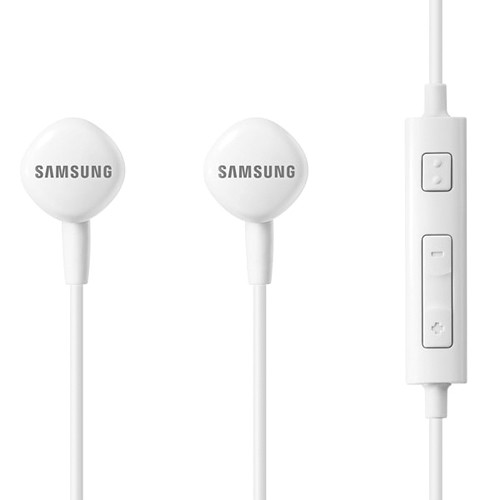Xiaomi F1 Pocophone

The Pocophone F1 follows the trend for tall, thin displays with a 6.18in, 2,246 x 1,080 resolution screen with an 18:9 ratio. The pixel density of 403ppi makes for ample sharpness, but you have to put up with a long notch jutting its way into the top of the screen. If that really bothers you, though, it can be hidden with black borders.
Qualcomm’s flagship mobile processor, the octa-core 2.8GHz Snapdragon 845, takes centre stage. This is the same chip used in most of 2018’s pricey flagships and, with 6GB of RAM at its disposal, you can expect very similar benchmark results.
Like most smartphones these days, the Xiaomi Pocophone F1 is equipped with a dual-camera arrangement on the back. Rather than offering a secondary wide-angle lens, or a 2x telephoto zoom sensor, the Pocophone follows Vivo’s lead by supplying a secondary depth-sensing lens for fancy bokeh-effect photos.

As for specifications, there’s a little bit of variation between the two cameras. The main camera unit is a 12-megapixel sensor with an aperture of f/1.9, while the secondary sensor is a 5-megapixel unit with a narrower aperture of f/2.0. Neither sensor is optically stabilised, but the main camera does benefit from effective dual-pixel phase detection autofocus for super-speedy shots.
Running Android 8.1, the Pocophone’s heavy-handed MIUI 10 software overlay takes some getting used to. It certainly isn’t as clean as stock Android or Google’s own Pixel launcher and there are a few annoying little niggles.

